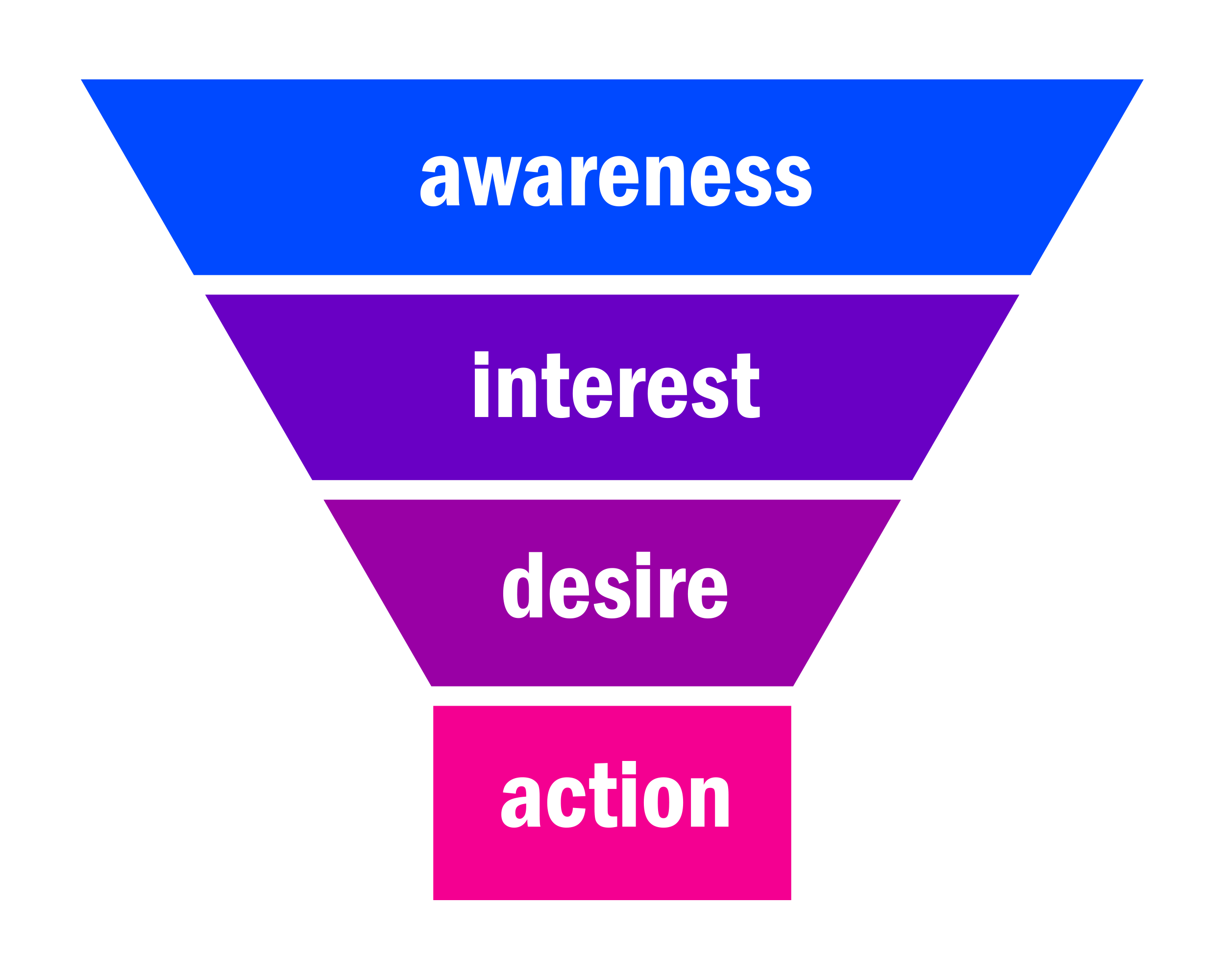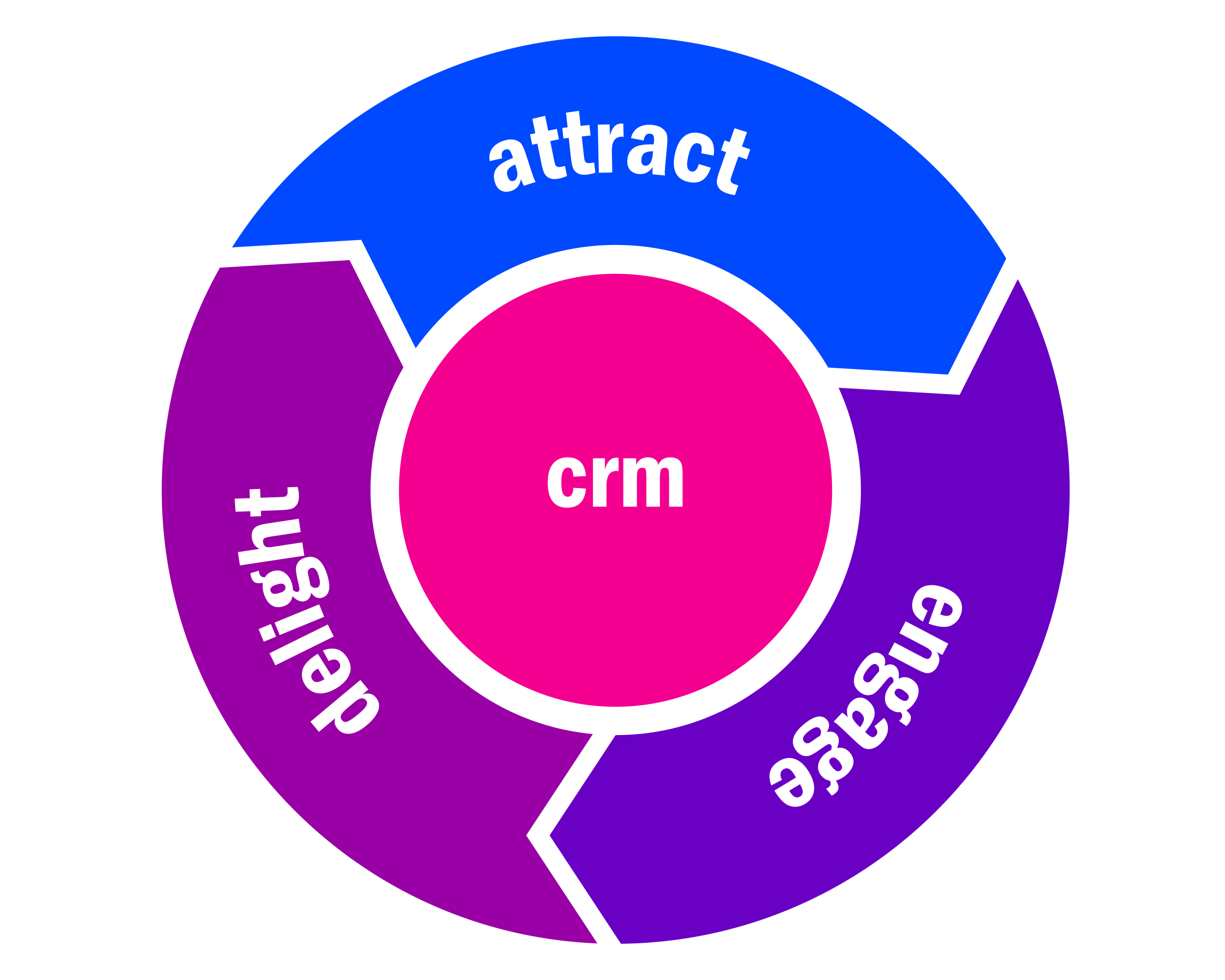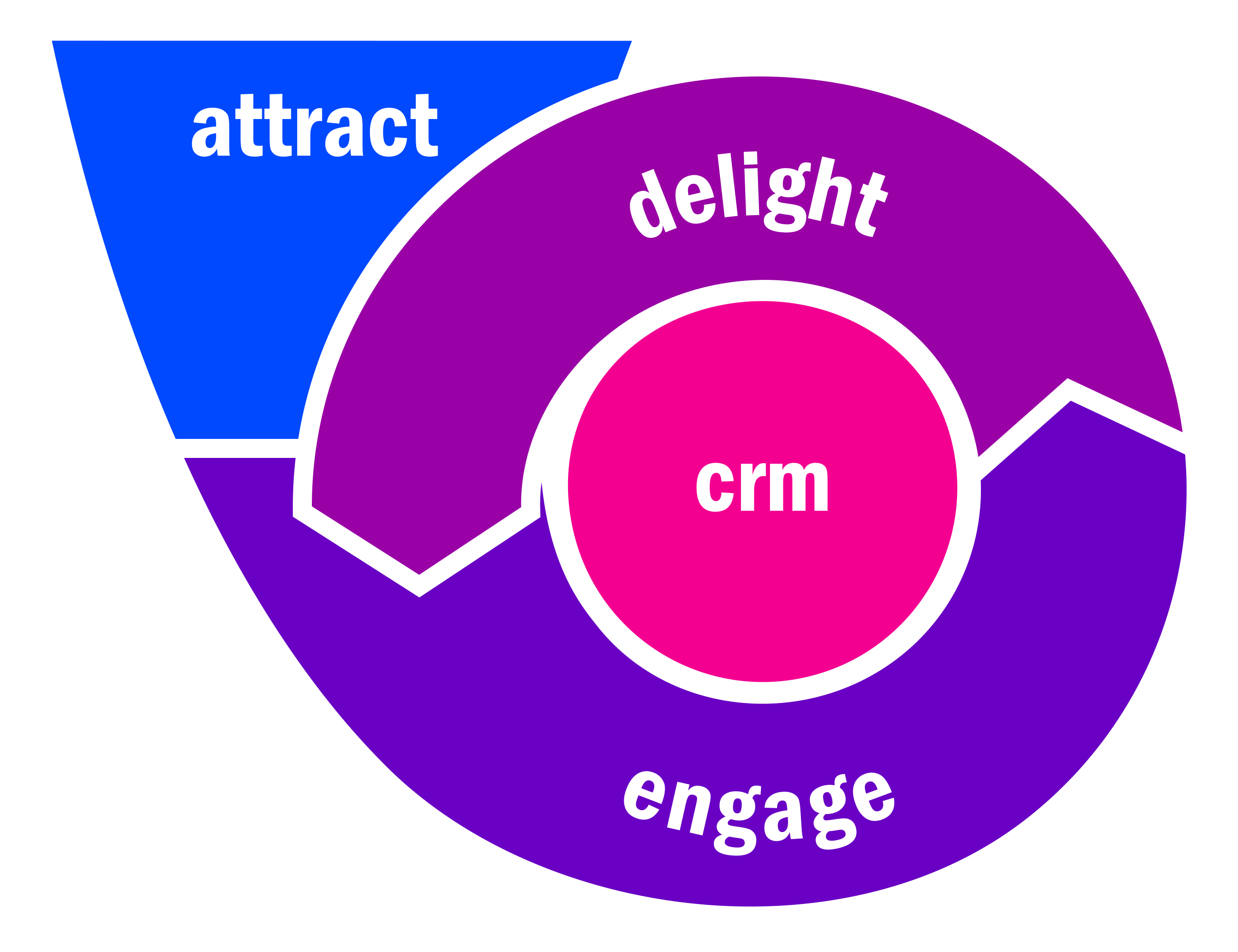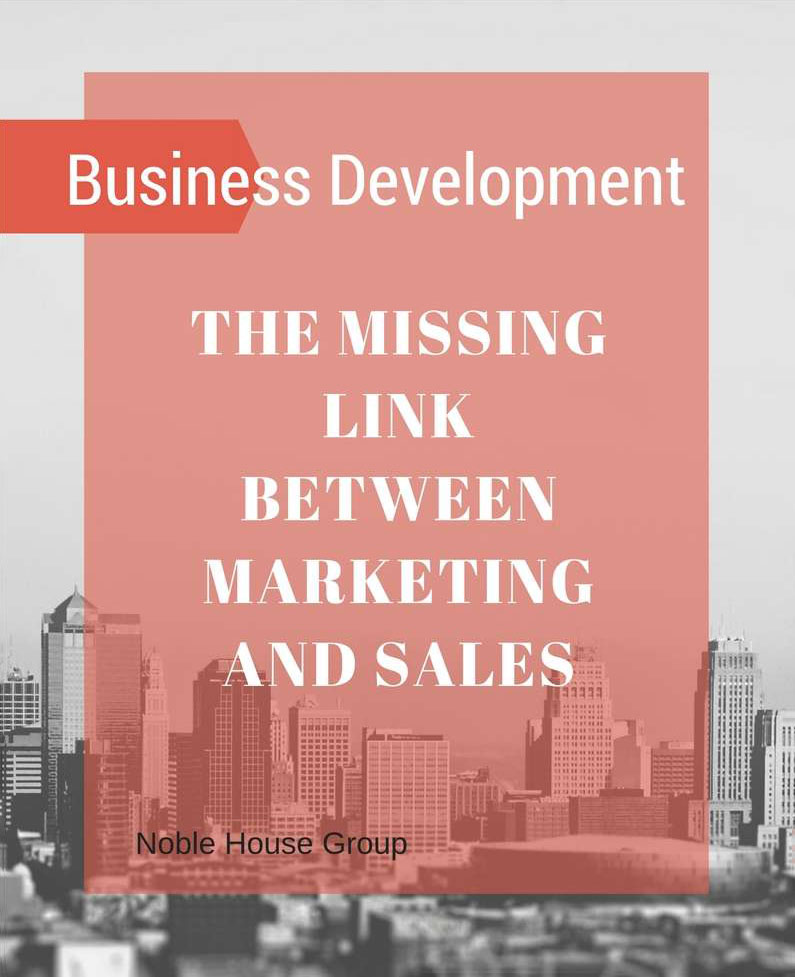When comparing marketing vs. business development, first understand there is a synergy between the two. Both marketing and business development use skills and knowledge to help the business grow. But what exactly are the differences between them? Each uses a very different approach on capturing business, despite the fact they both work to generate new leads, build strategic relationships, and improve the process of winning new customers.
Let’s start with the basics of defining marketing, then business development, then discuss the synergies between the two.
What is Marketing?
I’m not sure you could find a more “official” definition of marketing than from the American Marketing Association. “Marketing is the activity, set of institutions, and processes for creating, communicating, delivering, and exchanging offerings that have value for customers, clients, partners, and society at large.” That’s a bit abstract for me, so let me break it down for you. Or if you’re a Millennial, let me “unpack” this for you:
Types of marketing include
- Influencer marketing
- Viral marketing
- Search engine marketing
- Guerrilla marketing
- Outbound marketing
- Inbound marketing
- Content marketing
Example channels
- Television ads
- Radio ads
- Pay per click
- Social media
- Trade shows
- Newsletters
- Microsites
- Websites
- Word of Mouth
Ethnographies, personas and customer segmentation
Often, customer-centric marketing starts with the process of taking ethnographies. Ethnographies are used to create personas. Most personas include common stats like income, age, race, sex and geographic location. I’ve found customer segmentation built around race / age / sex stereotypes ends up being useless. I’m not a big fan of using a lot of inductive reasoning to make decisions with money. Let’s use deductive reasoning. With enough customer data, your marketing department will create cluster groups around pain points, usage trends, decision making authority and anything else that might be helpful. If that happens to include age or income, great, but let’s not assume. If you want to understand how your marketing team can use customer segmentation to grow your business, this article is by Rahul Vohra, the founder and CEO of Superhuman, is probably the best article I’ve ever read.
Customer journeys and funnels
Marketing always starts with the customer. They seek to understanding the customer experience and the customer journey from A-to-Z. They’re looking for the best content and messaging to move the process along the sales funnel from Awareness to Interest to Desire to Action (AIDA).

Some (like HubSpot) feel it’s a bit more haute couture to use the term flywheel instead of funnel. The idea is that the customer should be central to everything you do. I think making this distinction takes the implications of a diagram too literally. You can still use a funnel diagram and keep your customer’s needs central to everything you do. That said, here is the flywheel:

I like the idea of merging the two concepts into a “Fircle.” Funnel + Circle = Fircle. It’s visually unappealing, but it better explains a key point I feel the funnel and flywheel are missing. Once trust is established, your goal is to continue to Engage and Delight. The Awareness and Interest phase don’t have to be repeated and your brand advocates use Word of Mouth (WOM) to help others enter the funnel already at the Engage stage.

Highlighting your value proposition
Ultimately, marketing is trying to identify and connect with those who most desperately need your product. Who has the highest pain point? What is the content most relevant to them? What are your unique selling points? What is the customer experience and how can we delight customers? Marketing departments develop your brand strategy, outline your positioning statement and write your value proposition. They will explain to the world your “Why” as defined by Simon Sinek.
The four Ps of marketing
When putting together a marketing strategy, many people look to the four Ps of marketing. I think it’s interesting to compare this to a more holistic view like Business Model Canvas.
1) Product
This is your product as defined by its attributes, meaning features, benefits, functions and uses. Benefits and features may be defined both as tangible and intangible, especially if your product is a service.
2) Price
Obviously, this is what you can charge for your goods or services or the amount of money customers must pay to acquire your product. This is the market assigning a value to our solution.
3) Place
This has to do with distribution channels. What is your market coverage and how do you get your product to your customers?
4) Promotion
According to the American Marketing Association, promotions are measurable short-term projects that may include rebates, special packaging, licensing and coupons. You are trying to influence in a measurable way purchase volume and profit.
The marketing challenge
Part of the problem is that the messaging that needs to be used is different for different customer segments. Then it needs to be different depending upon where they enter the funnel. Which message works best on which channel for which customer segment that enters the funnel HERE? This is why you’ll hear your marketing team talking about ToFu, MoFu and BoFu for Top of Funnel, Middle of Funnel and Bottom of Funnel strategy. And it constantly changes. The marketing department is going to split test and use analytics and data to measure the results and make adjustments accordingly.
Data and analytics
One of the critical roles of marketing analysis is determining how effective your marketing campaigns are at building connections and driving conversions. Each marketing strategy should include various marketing KPIs to track your results. These include:
- Customer Acquisition Cost (CAC)
- Cost per Lead
- Social media reach and engagement (CTR, etc.)
- Customer Lifetime Value (CLV)
- Return On Ad Spend (ROAS)
- Marketing Qualified Leads (MQL)
- Sales Qualified Leads (SQL)
The goal is to track how different parts of your target market respond to your communication at different part of the funnel. Small percentage conversion improvements for each step multiply each other, creating big results. The bottom line is a brand that satisfies the needs of customers by delivering value. That’s what will bring more sales and profits.
Content marketing
Ah, content marketing. “Content Is King.” No article explaining marketing today would be complete without a section on our most popular buzzword: content marketing.
While this type of marketing is not new, historically marketing has been about push distribution of messaging towards potential customers. With the rise of the Internet, customers gained more control over what information they decided to see and when they wanted to see it. Suddenly marketing became about being in the space where the audience was already located and creating engagement there. Increasingly, marketers realized customers were going to have to come to them. The key to success was to entice customers with relevant, helpful, and interesting content, not bashing them over the head with “buy my stuff.”
We’ve entered the age of the attention economy. Consequently, a lot of content has become more of a soft sell, a lifestyle sell, or even a no sell, just to provide useful info and position yourself as an industry leader. I’ve got quite a few years of research on the best ratios between edutainment and “ask for the sale” content, but that’s for another post.
According to Dan Weingrod, the Senior Director Customer Experience Strategy at Travelers (and ex-Professor of Digital and Social Media at Hult International Business School / Cambridge, MA), “Content marketing is content in all format and media that is helpful or interesting to customers while supporting our value proposition and positioning. It’s about relevant information to customers, our personas, that generally does not try to sell you on the product but instead attracts you by being interesting, timely, informative and sometimes humorous.”
The good news is that customers often hang out in forums and on social media platforms, where presence can (sometimes) be free. In the case of blog posts optimized for SEO, the content would be on owned media, so businesses don’t have to pay placement costs.
What is Business Development?
For many people the term “business development” is a bit nebulous. This article in Forbes tends to agree. Some feel it’s just a fancy word for sales. We spoke with Paul Van den Brande, who runs a 406,000+ sized group on LinkedIn called Business Development – The Missing Link Between Marketing And Sales. According to Paul, “Business Development is the process of continuously boosting communication, PR, sales and marketing to be & remain successful in the selected (new) markets. Business Development thus includes parts of all the above functions.” Paul was nice enough to include a link to his free PDF on Business Development pictured below.

That brings me to Investopedia’s broad and sweeping view of business development. While they painted the topic of business development with a broad brush, we chose to frame most of the information from that point of view. Please bear in mind that since “business development” definitions are somewhat subjective, your mileage may vary.
When you think of marketing vs. business development, one of the first things that comes to mind is the fact that business development is focused on tasks that grow revenue, like making connections and creating relationships. Generally, they will use the messaging and content that the marketing team (or the sales team) has already established to create growth. In companies where there’s a dedicated business development department, it sits between marketing and sales with overlap between the two.
Business development is generally not so interested in touchy feely brand narratives (although maybe they should be) or creating empathy maps like your marketing team would be. Business developers are looking to leverage the information already created by your marketing team. That’s why business development occurs after a marketing plan is already in place.
Marketing budget research
Business development might research the different effects of non-traditional marketing budget allocation. Perhaps the marketing budget needs to be expanded to personal visits, road shows and direct customer onsite training. What is the ROI of such activity? Does it improve retention? Lower CAC? Extend CLV?
Strategic partnerships and networking
Are their strategic business partnerships at a national, regional or local level from which your company could benefit? Are there legal or finance teams with whom we can partner? Business development will weigh the pros and cons of strategic business partnerships that will help your business grow.
Networking is part of business development that involves forming contacts with potential customers and prospects. The network may include funding sources, partners, distributors, retailers, banks, and other organizations that can help you reach your goals.
Identify new markets
A business development manager may research for example, an untapped area of the world where sales has not ventured. They may then work with the sales team to develop a targeted revenue number based on the available market size. The business development department may then put together a business plan for new market penetration.
Business strategy
Will you hit your targeted growth rate without building a new facility? Will you be able to keep up with the volume and continue to manufacture everything in your base country? A business development manager or a business development team may evaluate such strategies based on timing and cost.
The business development team may also be responsible for implementing new tools and technologies to help you achieve your goals. You can incorporate cost-effective techniques that improve your margins and help you regain market share. Eventually, these efforts should increase the overall profitability of your business.
Regulatory
Business development look into various requirements of international trade. Are all the same materials allowed in Europe? Absolutely not. How are you expand in that market with customized product? What cost considerations are there? What regulatory approvals need to be cleared?
Networking and lobbying
Do you need a lobbyist in Washington DC? Are you dealing with government authorities regulators? Business development focuses on the connections you need to make at a local or state level to penetrate a market.
Competitive landscape
Is there new technology your competitors are about to release that will disrupt your business model? Your business development team will look at your competitors target audience and analyze your competitions products. Part of business development is having a keen grip on your market position and the competitions activity.
Business development focuses on what’s happening in the marketplace and evaluates factors like market share, competitive advantage, and financial performance to determine new avenues of growth and revenue.
Long term planning
A lot of people feel business development is focused on long-term planning. This might mean taking a look at operational costs and preparing for merger and acquisition (M&A) decisions. Will a merger cause too much employee attrition or would it require changing locations? What are the effects of developing a new business line or new sales channels? What if you consolidate offices across five cities into one large facility? These are high-level decisions that often fall well outside the realm of marketing.
Vendor Management
Vendor management is also in important part of business development. It allows you to improve your company’s operations and profitability by adding value to your supplier base. Business development is responsible for identifying vendors who can elevate your business. The business development team may look at enhancing supply chains, improves quality control, and increases production capacity. The business development team helps you develop new vendor relationships that benefit both parties.

Marketing vs. Business Development: Which is Better?
I think it goes without saying that it depends upon what you are trying to do. Both need each other. Instead of framing the question as marketing VS. business development, it’s probably better to frame things mentally as marketing AND business development.
Synergy Between Marketing and Business Development
When marketing and business development departments work together to create a cohesive strategy both teams will benefit. This will create consistent messaging delivery with reduced customer acquisition cost and an improved lead conversion ratio. Marketing taps directly into customer needs. Business development leans on the marketing team’s knowledge and the marketing strategy for overall positioning. This is marketing and business development working together.
Aligning these two departments will prevent a flawed conversion process and internal friction. Less friction between the two is what will create momentum for your fly wheel (or funnel or fircle or whatever you prefer).
Hybrid efforts like trade shows in new markets is a perfect example of marketing and business development working together. Pursuit of nontraditional marketing channels to grow business is another. The alliances and strategic partnerships created by business development will play right in the hands of helping the marketing department access customer segments. Marketing and business development working hand-in-hand towards common goals for the benefit the company creates powerful synergy.





